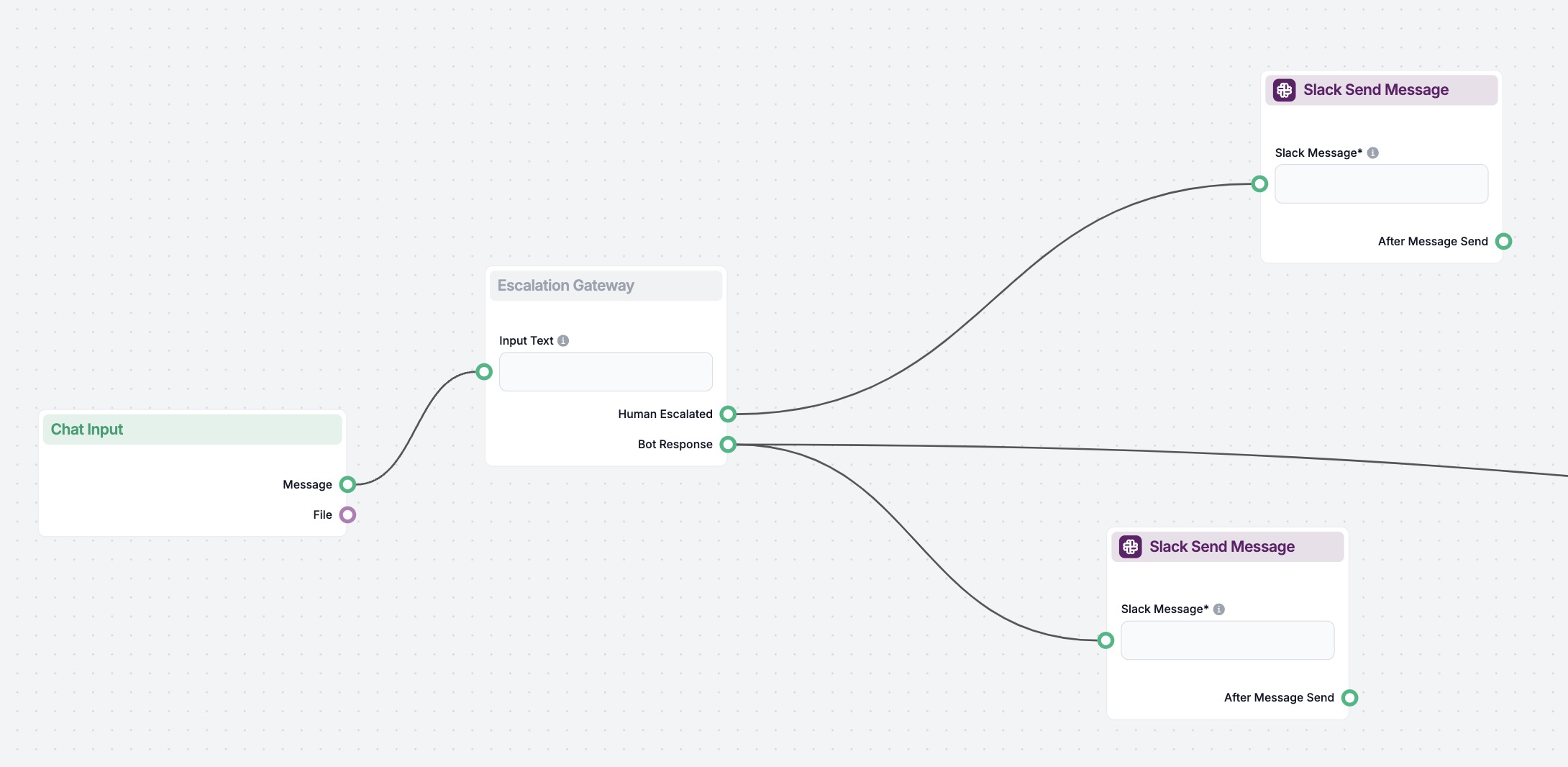
Chainer
Chainer is an open-source deep learning framework offering a flexible, intuitive, and high-performance platform for neural networks, featuring dynamic define-by...

Horovod is a robust, open-source distributed deep learning training framework designed to facilitate efficient scaling across multiple GPUs or machines. It supports TensorFlow, Keras, PyTorch, and MXNet, optimizing speed and scalability for machine learning model training.
Horovod is engineered to optimize speed, scalability, and resource allocation during the training of machine learning models. Its core mechanism—the Ring-AllReduce algorithm—efficiently handles data communication, minimizing code changes required to scale from single-node to multi-node environments.
Introduced by Uber in 2017, Horovod was part of its internal ML-as-a-service platform, Michelangelo. The tool was created to address scaling inefficiencies with the standard distributed TensorFlow setup, which was inadequate for Uber’s extensive needs. Horovod’s architecture was designed to dramatically reduce training times, enabling seamless distributed training.
Horovod is now maintained under the Linux Foundation’s AI Foundation, reflecting its broad acceptance and ongoing development in the open-source community.
Framework Agnostic
Integrates with multiple deep learning frameworks, allowing developers to use a uniform distributed training approach across different tools. This reduces the learning curve for developers familiar with one framework but needing to work in diverse environments.
Ring-AllReduce Algorithm
Central to Horovod’s efficiency, this algorithm performs gradient averaging across nodes with minimal bandwidth, reducing communication overhead in large-scale training.
Ease of Use
Simplifies transition from single-GPU to multi-GPU training by requiring minimal code changes. Wraps around existing optimizers and uses the Message Passing Interface (MPI) for cross-process communication.
GPU-Awareness
Utilizes NVIDIA’s NCCL library to optimize GPU-to-GPU communication for high-speed data transfers and efficient memory management—critical for large, high-dimensional datasets.
To install Horovod:
Requirements:
Installation Command:
pip install horovod[tensorflow,keras,pytorch,mxnet]
Framework-specific Environment Variables:
Set environment variables like HOROVOD_WITH_TENSORFLOW=1 to control framework support during installation.
Horovod is widely used in scenarios requiring rapid model iteration and training:
AI Automation and Chatbots:
In AI-driven applications like chatbots, faster NLP model training accelerates product deployment cycles.
Self-driving Cars:
At Uber, Horovod is used in developing ML models for autonomous vehicles, where large datasets and complex models necessitate distributed training.
Fraud Detection and Forecasting:
Horovod’s efficiency with large datasets makes it ideal for financial services and e-commerce platforms needing fast model training for transaction data, fraud detection, and trend forecasting.
Example: Integrating Horovod into a TensorFlow training script:
import tensorflow as tf
import horovod.tensorflow as hvd
# Initialize Horovod
hvd.init()
# Pin GPU to be used to process local rank
config = tf.ConfigProto()
config.gpu_options.visible_device_list = str(hvd.local_rank())
# Build model
model = ... # Define your model here
optimizer = tf.train.AdagradOptimizer(0.01)
# Add Horovod Distributed Optimizer
optimizer = hvd.DistributedOptimizer(optimizer)
# Broadcast initial variable states from rank 0 to all other processes
hvd.broadcast_global_variables(0)
# Training loop
for epoch in range(num_epochs):
# Training code here
...
Horovod Timeline:
Profiles distributed training jobs to identify performance bottlenecks. Note: enabling it can reduce throughput—use judiciously.
Elastic Training:
Supports dynamic adjustment of resources during training—especially useful in cloud environments where resources may fluctuate.
Horovod is hosted on GitHub, with a robust community of contributors and users. As part of the Linux Foundation AI, developers are encouraged to contribute to its ongoing development. With over 14,000 stars and numerous forks, Horovod’s community engagement highlights its critical role in distributed training.
Horovod streamlines distributed deep learning, addressing two major scaling challenges: communication overhead and code modification.
Efficient Inter-GPU Communication:
Developed by Alexander Sergeev and Mike Del Balso, Horovod uses ring reduction for inter-GPU communication, significantly reducing code changes required for distributed training.
Accessibility:
Enables faster, more accessible distributed training in TensorFlow and other frameworks, making it easier for researchers to move beyond single-GPU training.
Learn More:
For deeper insights, refer to the paper “Horovod: fast and easy distributed deep learning in TensorFlow
.”
NLP Model Training:
The paper “Modern Distributed Data-Parallel Large-Scale Pre-training Strategies For NLP models” by Hao Bai explores data-parallel training using PyTorch and Horovod. The study highlights Horovod’s robustness, especially when combined with Apex mixed-precision strategy, making it effective for large models like GPT-2 with 100M parameters.
Dynamic Scheduling:
The paper “Dynamic Scheduling of MPI-based Distributed Deep Learning Training Jobs” by Tim Capes et al. examines dynamic scheduling of deep learning jobs using Horovod’s ring architecture, showing that it enables efficient stopping and restarting of jobs, reducing overall completion times and demonstrating adaptability for complex deep learning tasks.
Horovod is an open-source distributed deep learning framework developed by Uber to streamline multi-GPU and multi-machine training, supporting TensorFlow, Keras, PyTorch, and MXNet.
Horovod uses the Ring-AllReduce algorithm to efficiently average gradients across nodes, minimizing communication overhead and code modifications for scalable training.
Horovod is used in AI automation, chatbots, self-driving cars, fraud detection, and any scenario requiring rapid, large-scale model training.
Horovod is maintained under the Linux Foundation AI, with a strong open-source community contributing to its development.
Horovod requires GNU Linux or macOS, Python 3.6 or newer, and CMake 3.13+. It can be installed via pip with flags for framework support.
Start building your own AI solutions with FlowHunt's powerful tools and seamless integrations.
Chainer is an open-source deep learning framework offering a flexible, intuitive, and high-performance platform for neural networks, featuring dynamic define-by...
Kubeflow is an open-source machine learning (ML) platform on Kubernetes, simplifying the deployment, management, and scaling of ML workflows. It offers a suite ...
Discover the importance and applications of Human in the Loop (HITL) in AI chatbots, where human expertise enhances AI systems for improved accuracy, ethical st...
Cookie Consent
We use cookies to enhance your browsing experience and analyze our traffic. See our privacy policy.
